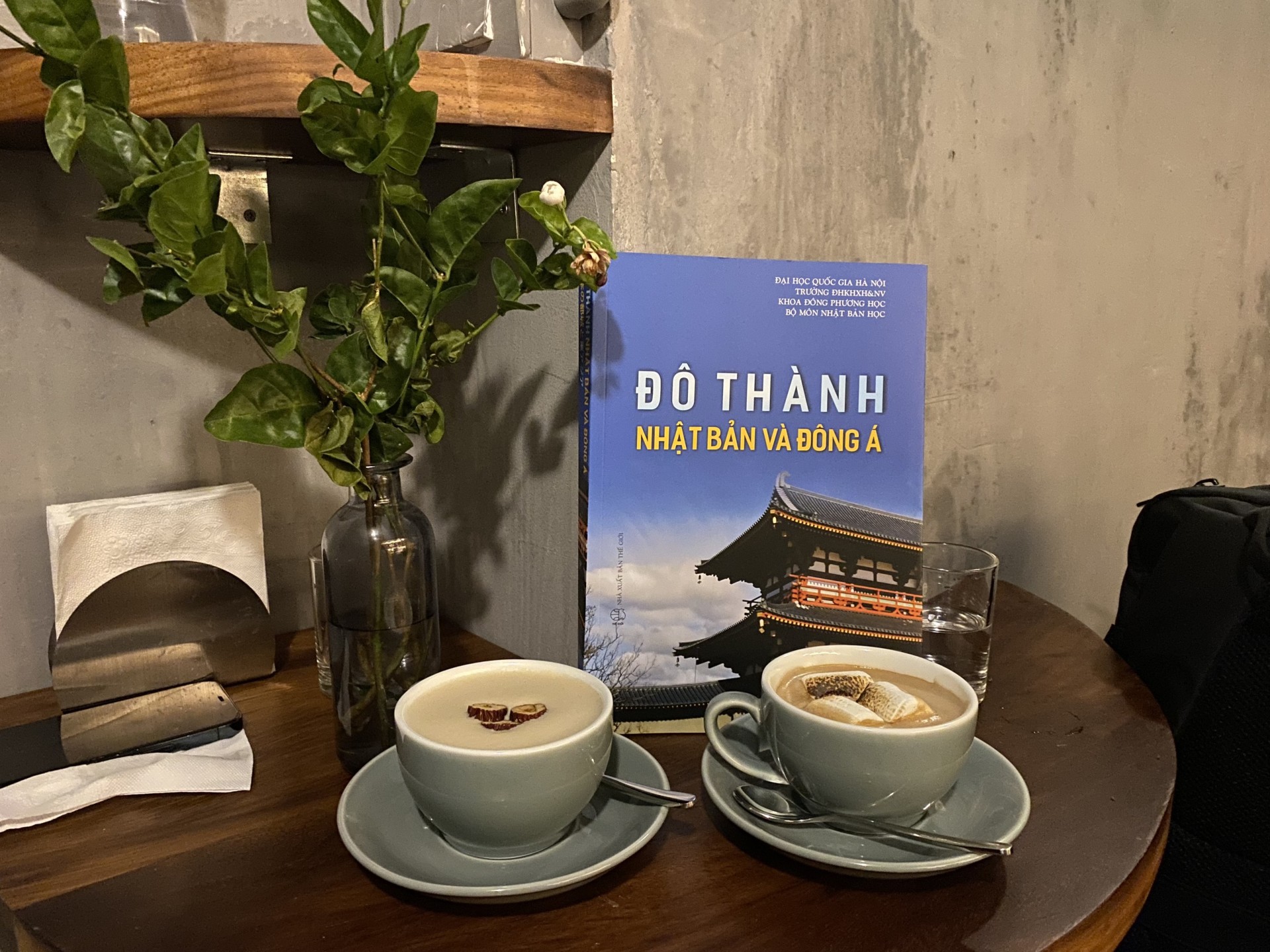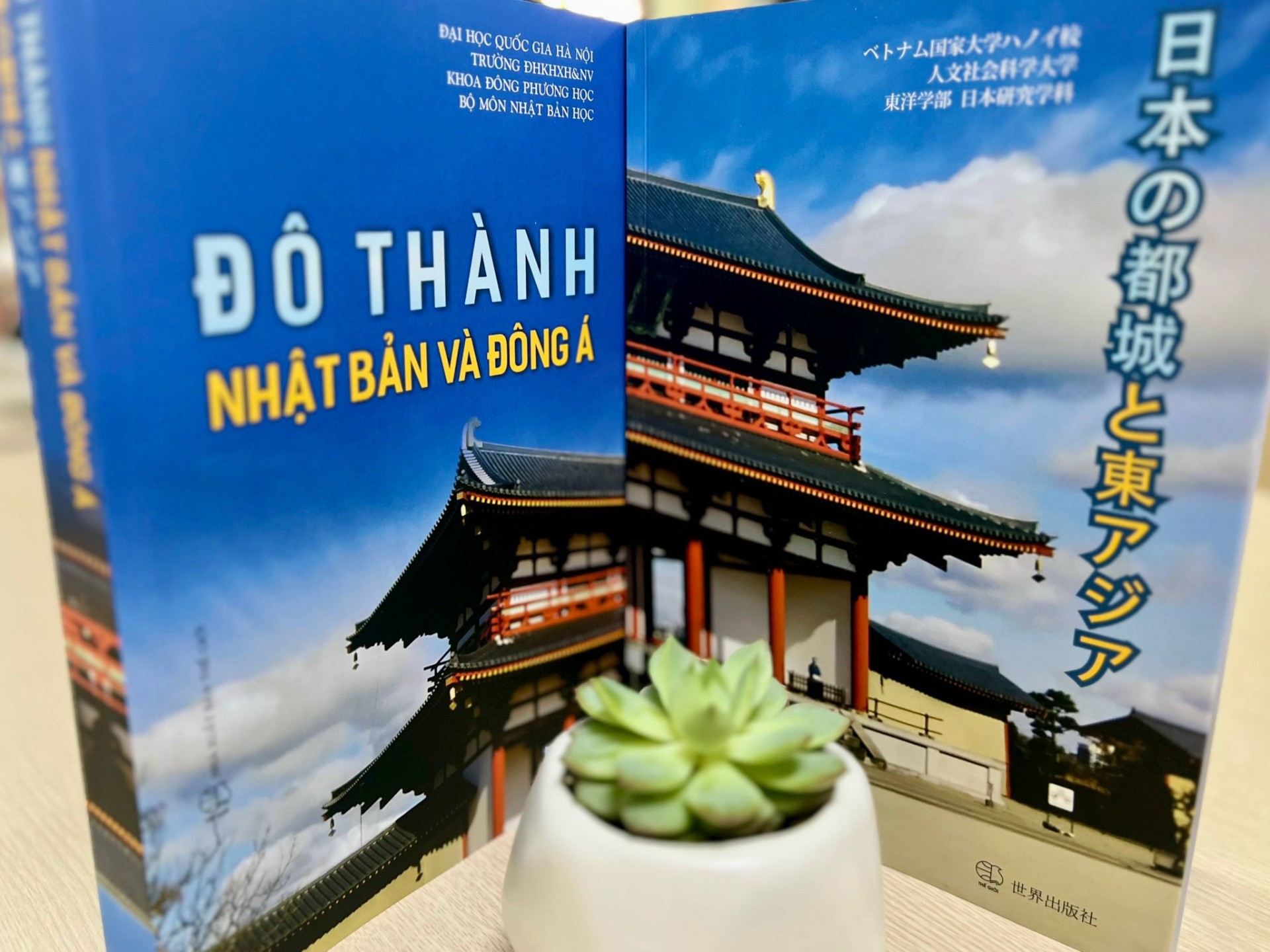The capital is a symbol of the power of a centralized state. With such an important meaning, studying the history of the capital not only helps us learn about the process of formation, development and decline of a royal dynasty in history, but also helps us have a deep and comprehensive understanding of the ideology that the dynasty took as the foundation to build its power, as well as the practical problems that the royal dynasty had to face and find ways to solve in the process of existence and development. The capitals themselves are also valuable heritages in many aspects: architectural art, planning. With that meaning, the topic of East Asian capitals has attracted the attention of many scholars, many books have been published in Japan and Korea, but completely do not mention Vietnamese capitals, the characteristics as well as the values that Vietnamese capitals share with East Asian countries.
Based on a re-examination of Dai Viet as a member of the “East Asian World” in the pre-modern period, the book shows that when planning the capital, East Asian dynasties, including Dai Viet, all followed a universal path of distilling Confucian political ideals and seeking to realize them in the capital space.
The articles by Tanaka Toshiaki, Lee Byong-ho and Hwang In-ho in the book are the first monographs published in Vietnam on the capitals of the Goguryeo, Baekje and Silla countries on the Korean peninsula. These works, together with the research articles by Tateno Kazumi and Kawajiri Akio on ancient Japanese capitals, have shown that the planning of capitals in the Korean peninsula and Japan was greatly influenced by Chinese capitals. However, it was not a mechanically stereotyped process, but a selective process of absorption, with careful consideration of many factors such as the political and social situation of each country. Such a comparative approach to the history of capitals is a great suggestion for Vietnamese historians in studying Thang Long Citadel in particular and the history of Vietnamese capitals in general.
The studies on the complex regime (multiple capitals) in the book, typically the article by Muramoto Kenichi, have very important reference significance for considering and evaluating the existence of the complex regime in Vietnam, such as the case of Thang Long with Truong An Phu during the Ly Dynasty, Thang Long and Thien Truong Phu during the Tran Dynasty, or Dong Do and Tay Do during the Ho Dynasty... Considering the significance of the role of the capital in establishing the position of the dynasty in a territorial space, defined as "Thien Ha" of Dai Viet, Momoki Shiro's article shows the process of Dai Viet, with its starting point as a government with many similarities to the feudal government of the Five Dynasties, gradually building its own sense of independence and identity, as well as building and expanding the concept of "Thien Ha" of the Dai Viet dynasty in relation to other ethnic groups and regions in the country.

The capital city is not only a symbol of royal power, but also a collection of knowledge about the past and contemporary techniques. Some studies in the book show that the capital cities of Japan and Vietnam not only refer to the contemporary capitals of China, such as Japan with Chang'an and Luoyang, or the Ly dynasty with Kaifeng and Luoyang, but also look to more classical models such as those recorded in the book Zhou Li, or Jiankang of the Southern Dynasty. In addition, articles by Ellen Van Goethem and Ueno Kunikazu show how to apply contemporary concepts and techniques such as Feng Shui in the architecture of the capital city.
With a new approach, the book "Japanese and East Asian Capitals" by the Department of Japanese Studies not only provides the latest knowledge about the history of capitals of each country, but also helps readers approach the history of their own capitals from a broader perspective than comparative research, contributing to enhancing mutual understanding as well as creating premises for researchers to build cooperative relationships in the future. The book is published in both Vietnamese and Japanese.
We respectfully introduce to readers, lecturers, students and researchers the book "Japanese Capital and East Asia" as a useful reference when learning about historical, political, cultural and artistic issues of East Asian countries.

